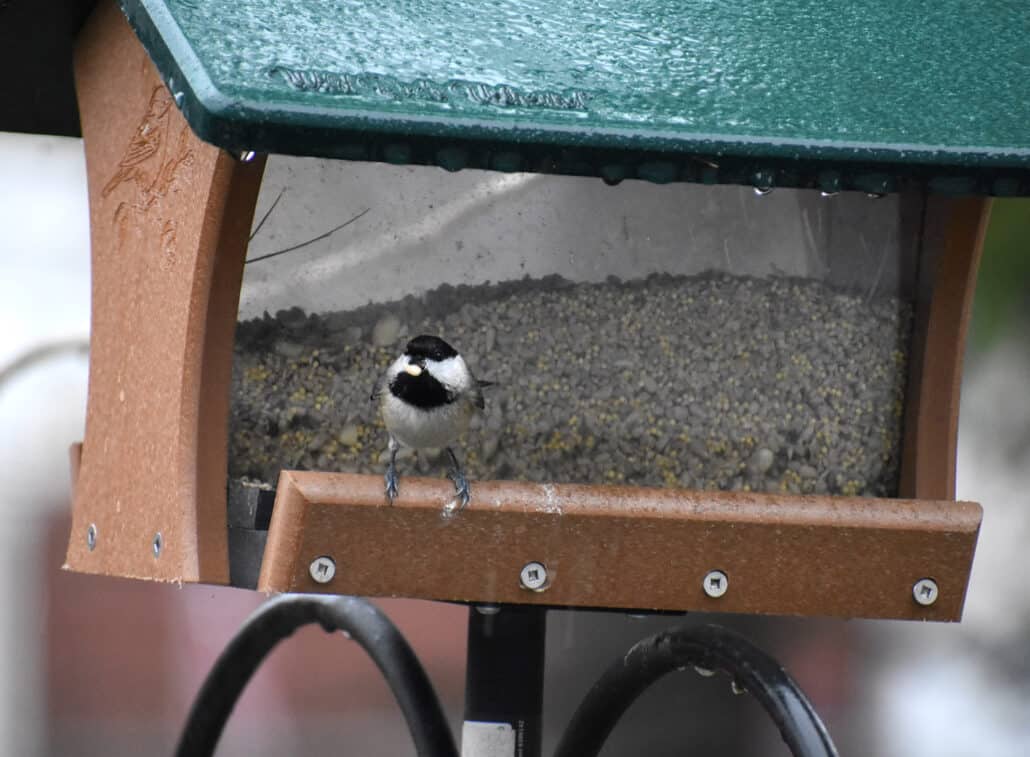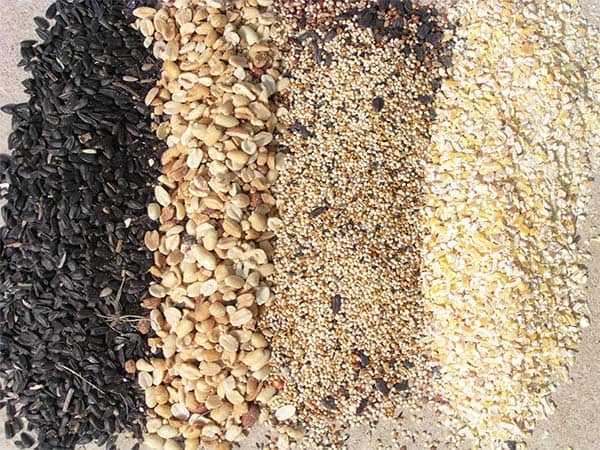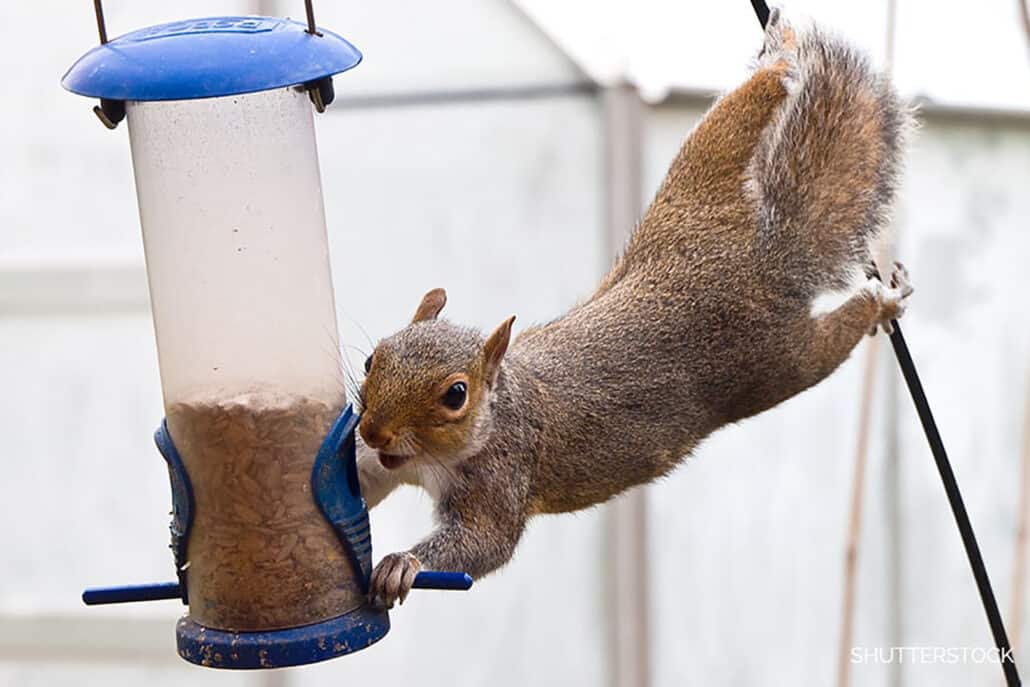I’ve always been fascinated by birds, and my efforts to feed them is a win-win: They get to eat, and I get to observe what fascinates me. In fact, I’d hazard a guess that feeding them was my gateway into becoming a full-fledged (pun intended) birder. Currently I maintain two feeding stations in my backyard.
One is a peanut feeder. This is set in the way-back. I live in the city, so by “way-back,” we’re talking 30 feet from the house. The second, more popular one, holds multiple feeders mounted on a pole system; it sits close to the house. I’ve settled on the current configuration after a decade spent futzing a bit based on a lot of trial and error.
A recent cold spell here in central Ohio attracted many species of birds to my backyard, and that is indeed gratifying. I’ve invested considerable time and money into establishing my humble bird-feeding hamlet. Because birds cannot leave Yelp reviews, their regular occurrence at my feeders is how I gauge success. Here are some things I’ve learned along the way, in particular what has worked for me for successful winter feeding.

Set Bird-feeding Goals
Shortly after I bought my home in 2007, I purchased my first feeder, designed to hold Nyjer (aka thistle), and hung it in my front yard. I settled on this feeder because its green top resembled my green front door. I hung it from a shepherd’s hook close to the granite bird bath that I’d selected because of its Celtic knot design. In short, my rather casual interest in birding meant aesthetics drove all decisions around this, my first feeding station. By dumb luck, I placed this feeder within three feet of my front window. As I’ve since learned, that’s an ideal distance to help prevent window strikes.
During this first year, I read a lot, regularly observed the feeder station, and learned plenty. Just a few bird species—American goldfinch, house finch, and even the omnipresent house sparrow—visited my Njyer feeder. Furthermore, the feeder offered only four ports, rather than an all-mesh covering, meaning I could not see when mold began to accumulate.
My front yard’s open layout didn’t offer cover, such as trees and bushes, from the elements or for nesting—and not much in the way of scrubby habitat for scratching birds, such as thrushes and sparrows. Also, the bird bath lacked a heater, so I took the top portion into the garage in winter.
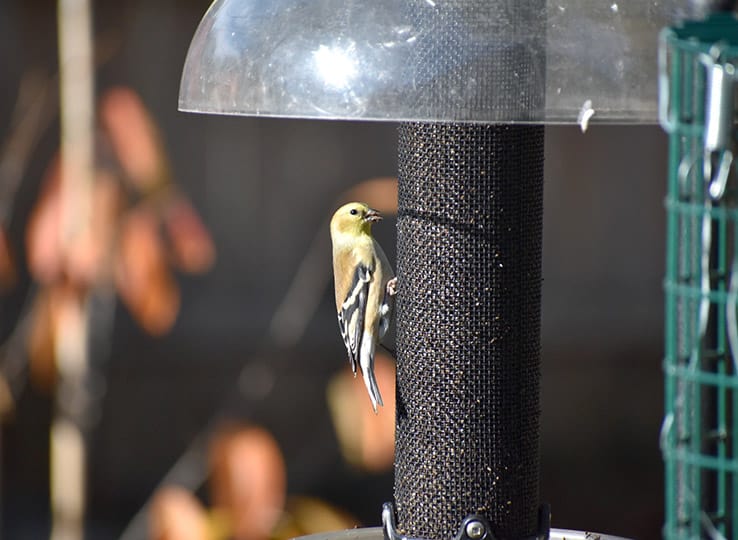
This firsthand experience and my research shaped my bird-feeding goals. I wanted:
• A variety of bird species (Migratory birds visiting my yard? Yes, please.)
• Year-round visitors (Ohio winters get dreary. Bring on the birds!)
• A consistent water source (The birds really appreciate this in winter.)
• Various bird feeder styles (Like an investment portfolio, diversification is key.)
Habitat & Strategic Layout
Initially I staged all feeders in the scrubby area of my backyard, where the lone peanut feeder is located. As it’s flanked by three 70+ foot pine trees along the alley, plus 4 other 70+ foot pines in my neighbor’s yard, it provides generous cover for songbirds and a lovely bed of pine needles and twigs for ground-feeding birds in which to scratch.
I even used the dipping branches from the pines to hang the feeders. It’s been a process to get to this point. For example, in spring of 2017 I cleared out most of the ground cover beneath the feeders to plant several shade-loving native perennials. None of these plants reemerged in 2018, plus I missed out on the usual migratory visitors like Swainson’s thrush. Lesson learned!
Sometimes it’s best to keep things simple, so I allowed the area to return to its natural state. In the past few winters, I’ve been rewarded with more dark-eyed juncos and white-throated sparrows returning to the yard and hanging out in the scrub—and my migratory Swainson’s friends have resumed spring visits.
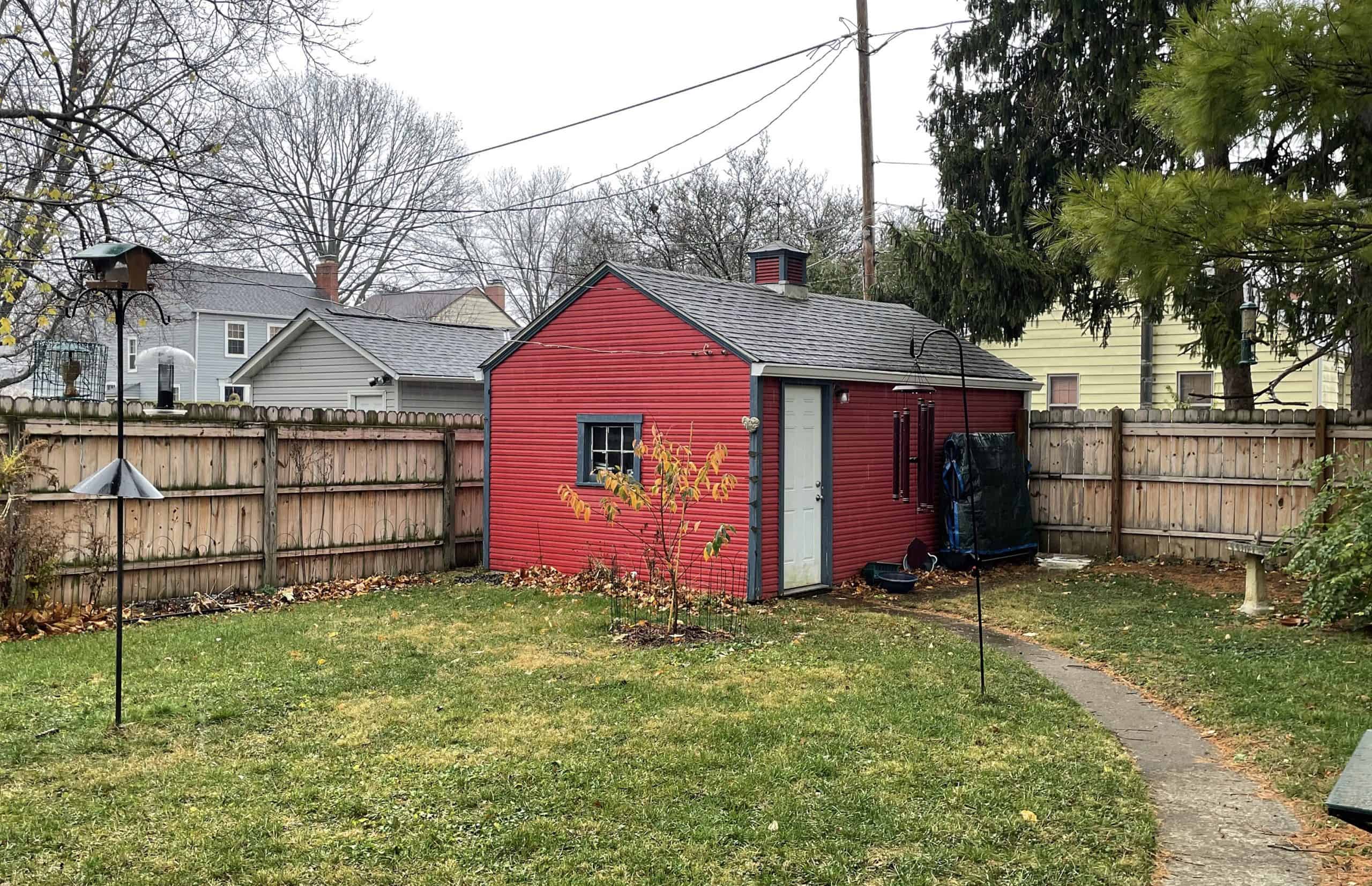
When I moved my home office to a different room, I wanted to establish a feeder station in front of a window so I could view it while working. I invested in a pole system, installed it near a window, added several decals to said window, and began feeding. Not only has this feeder station become a hotbed of activity (just ask my co-workers how many times I’ve barked out “ACK!
I’ve got a rose-breasted grosbeak!” or “OMG you guys it’s a red-breasted nuthatch!!!” during a meeting), but its location seems ideal for several reasons. First, the absence of trees in the immediate vicinity means squirrels aren’t leaping onto the feeders. The two electrical lines running from the house to the detached garage offer birds a queue of sorts as they await their turn at the feeders. And all those nearby pines?
Not only do feeder visitors use them for cover between feedings, but they’ve hosted several nests since I began paying attention. Added bonus: These trees, combined with abundant food sources, seem to attract and host red-breasted nuthatches in irruptive years, like 2020.
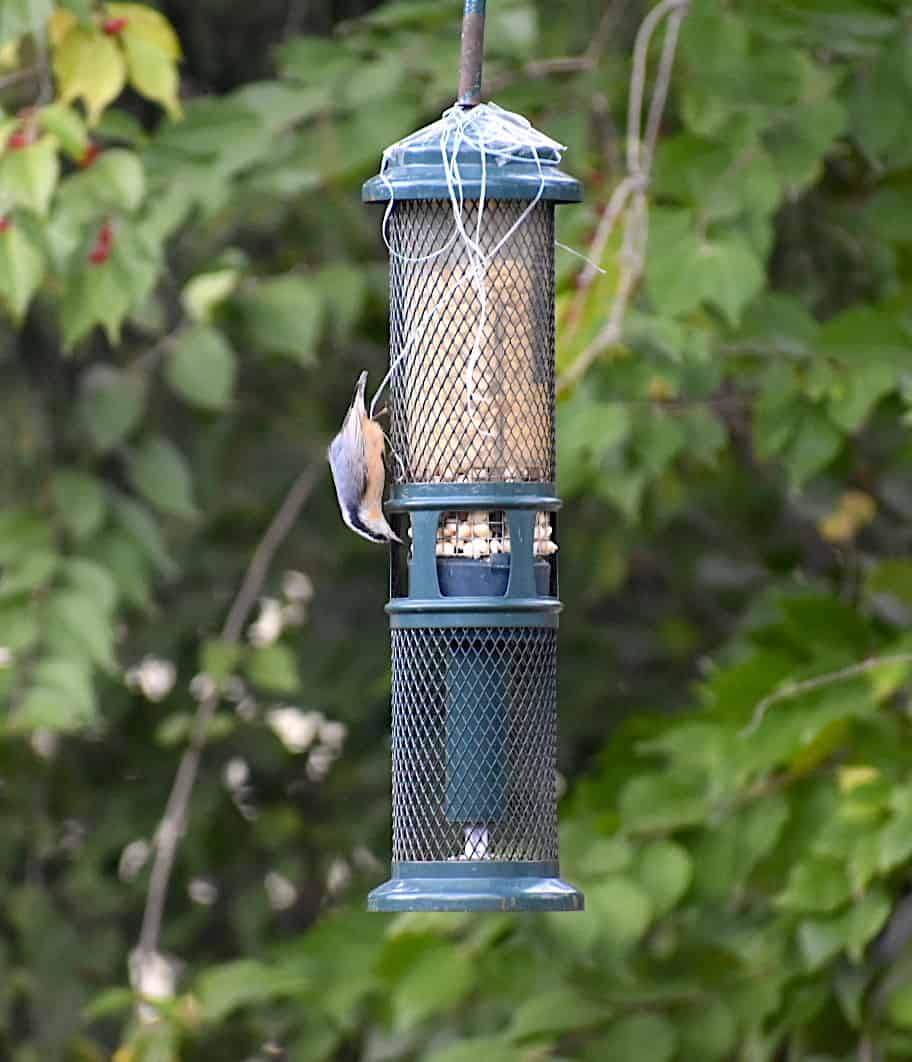
Multiple Birdfeeder Styles & Accessories and Assorted Bird Food
I want birds to highly value my yard’s bounty so much that they stop here before other area feeders. To appeal to different species, I need to offer a range of food—and this means I need a variety of bird feeders.
Over time, I’ve invested in hopper feeders; suet brick feeders; open cylinder feeders; finch feeders; tube feeders; peanut feeders; wreath feeders; and nectar feeders. I feed a combination of the following foods, often seasonally dependent: peanuts; nectar; mixed blends; Nyjer; suet cakes; dried mealworms; spreadable suet; safflower; sunflower seeds; specialty cakes for cylinder feeders; and orange halves.
When I saw that my tube feeders weren’t being emptied by birds but instead by squirrels, I bought a protective dome. Voila! I’ve foiled the squirrels, and the dome keeps visitors dry when it’s raining or snowing. To prevent the open cylinder feeder from being overrun by starlings and grackles, I added a cage to surround it. Only the most intrepid of the aforementioned species will bother with it now.
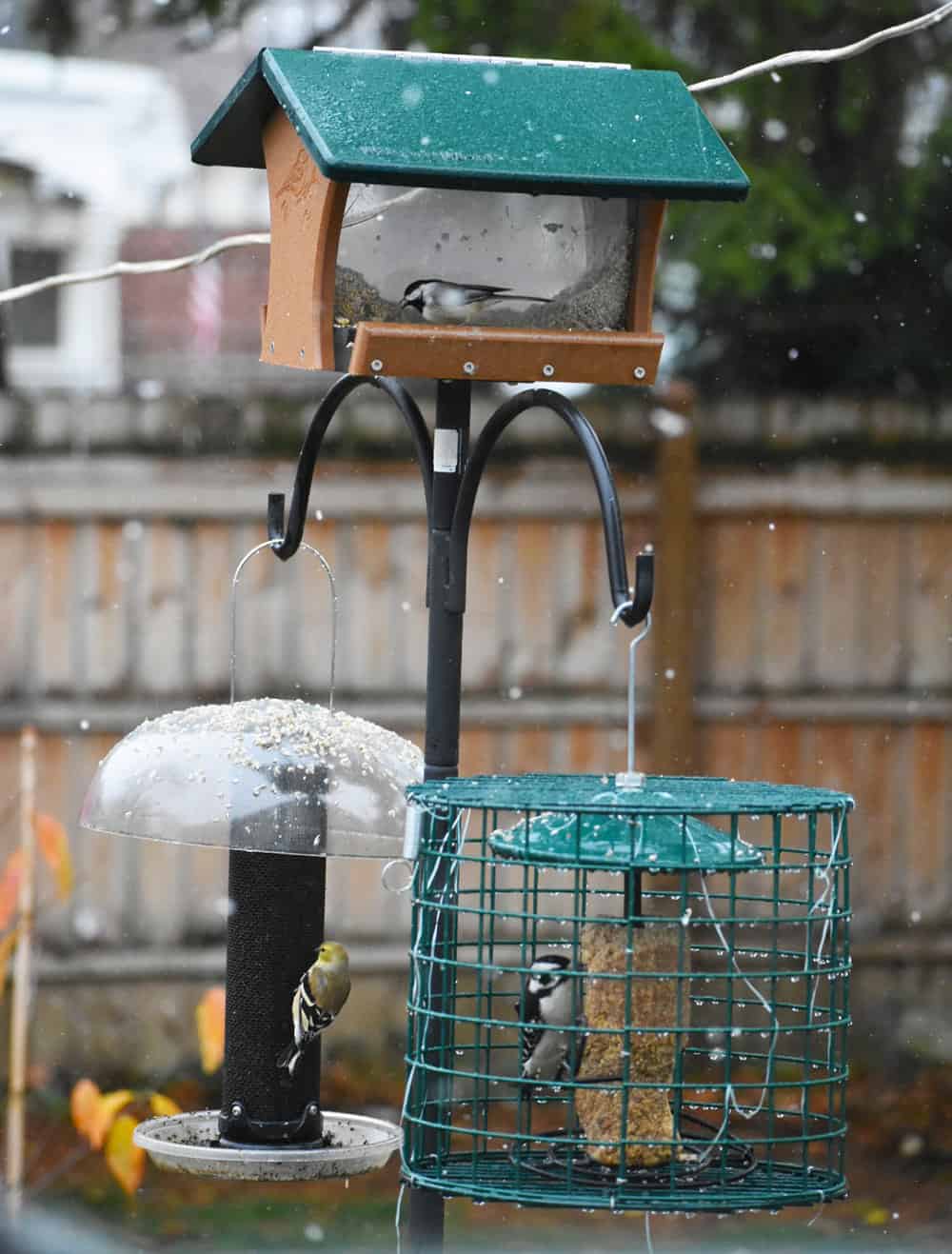
Outsmarting House Sparrows
You might have noticed the string hanging from the feeders in the photos accompanying this post. These are strands of dental floss, affixed to the tops of feeders that I prefer not be mobbed by house sparrows. I space out several pieces of floss and affix them with a few pieces of clear packaging tape on top of the feeders.
The movement of the floss spooks the house sparrows, but not other species. Peculiar, but cheap and effective. Note: When snow or heavy rain dampens the floss, it sticks to the feeders, leaving house sparrows once again undeterred. I can’t get too mad, though—if the weather is that inclement, more power to any of my backyard feeder visitors.
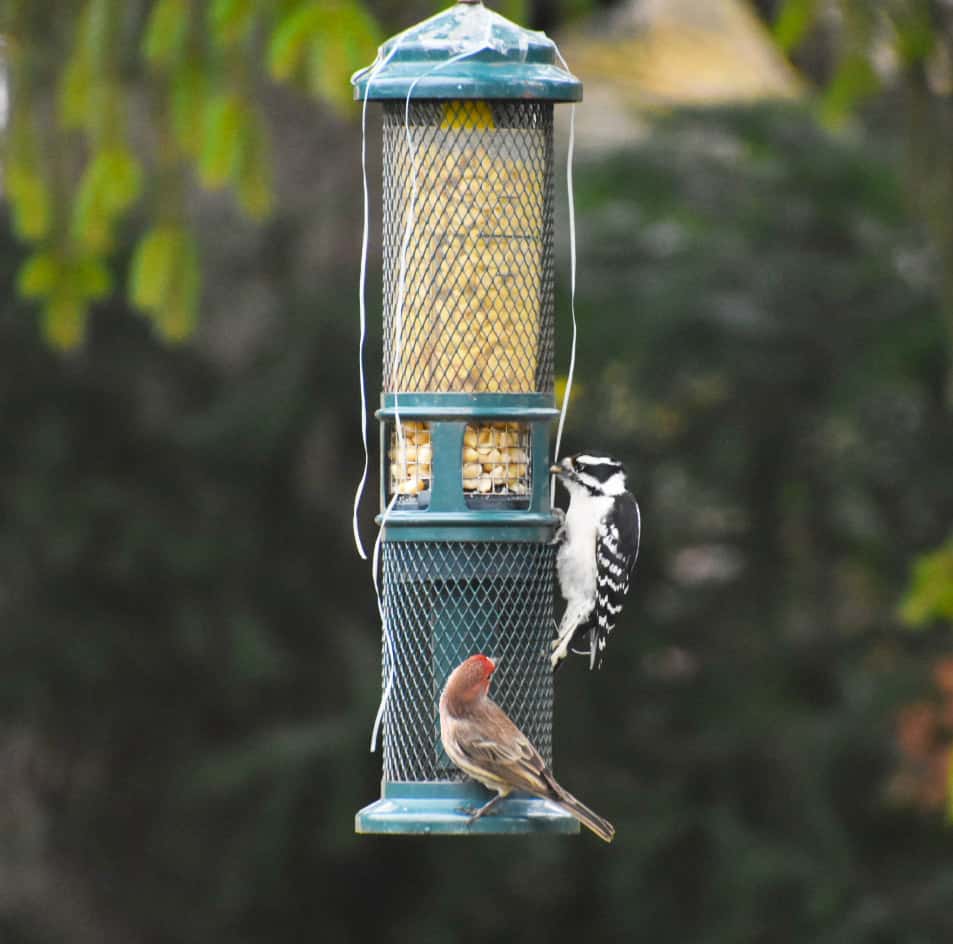
Winter Water Source
Nearly all my neighbors stop maintaining bird baths in winter, as I once did. After adding a heater a few years ago, I instantly saw how much area birds relied on my bird bath in winter, and now I’m in it for the long haul. I bought a bubbler bird bath last spring, and sadly left it running when temperatures dipped below freezing two weeks ago. The next morning, I was greeted with a frozen water pump and still water. I’m researching a replacement that offers a combo heater/water pump.
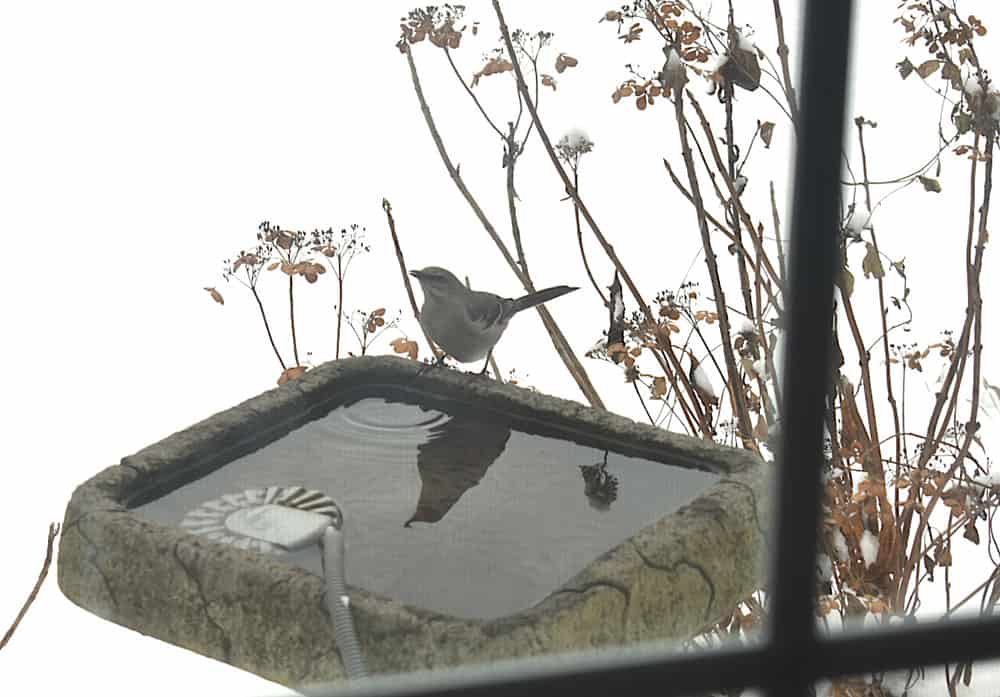
Keep Feeders Clean—Yes, Even During Winter
Disease and mold can still accumulate in feeders during winter. I take advantage of mild days to do a thorough cleaning of feeders and bird baths. When the weather is once again warm, I will resume to a more frequent cleaning schedule. Scrubbing with a durable brush and ensuring even tiny feeder ports are squeaky-clean will go a long way toward feeder success.
How are your yard birds faring this winter? Do you have any feeding tips or insights to offer? Share with us in the comments section below this article.

